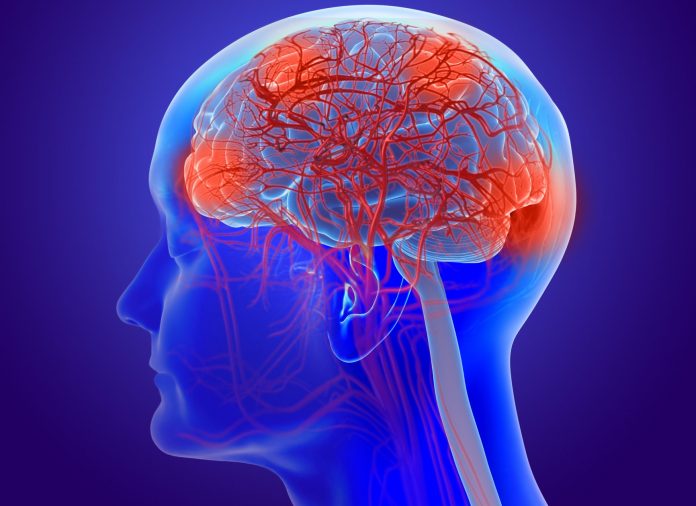
A fluorescent coumarin-based, two-sensor array correctly discriminates between four different amyloids implicated in amyloid-related pathologies with 100 percent classification, according to research from an Australian team. Their work was published in ACS Sensors, and the lead author is Natalie Trinh of the University of Sydney.
One of the biggest challenges in many neurodegenerative diseases, including Alzheimer’s and Parkinson’s, is early diagnosis. These diseases may present similarly, but require very different treatments, causing delay or confusion about proper treatment.
Amyloids, aggregated self-assembled misfolded proteins, are considered the tell tale markers for some such conditions. Amyloids interrupt signal transfer and there is lot of evidence linking them to the progression of Alzheimer’s disease, so they could be used as a means of early diagnosis to expand treatment options. But early detection has so far been out of reach.
This test could help monitor disease progression or distinguish between different amyloid-related conditions as well as inform new approaches for earlier and more accurate diagnosis of amyloid-related diseases.
Currently, radioimaging techniques including positron emission tomography (PET) scans can detect amyloids, but these methods rely on sophisticated equipment and typically focus on one of several amyloids involved in the disease.
Fluorescence imaging techniques are being explored as a simpler, yet still sensitive, means of detecting multiple specific amyloids. This team wanted to develop a fluorescent sensor array for amyloids to monitor Alzheimer’s and other disease progression and to distinguish these atypical amyloids from similar, naturally occurring amyloid-forming proteins.
The team combined five coumarin-based molecular probes, each of which fluoresce to a different degree when it encountered the amyloids, into a sensor array. However, the team found that using just two of the probes with the strongest fluorescence responses offered a high level of sensitivity but accurately identified the individual amyloids.
The two-probe array was added to a sample mixture mimicking biological fluids containing molecules that could potentially interfere with sensing. The array still maintained a high sensitivity and selectivity.
The test’s performance was also tested on samples taken from the brains of mouse models of Alzheimer’s. The team observed that the fluorescence patterns differed between early (at age six months) and later (at age 12 months) stages of the disease. Additionally, a unique fluorescence fingerprint was generated for three amyloids typically involved in Alzheimer’s, another disease-associated amyloid and five naturally occurring “functional amyloids” not involved in the disease.
The flexibility of the array was assessed by expanding the analytes to include functional amyloids. The same two-sensor array correctly discriminated between eight different disease-associated and functional amyloids with 100 percent classification.
The authors conclude, “These results demonstrate the utility of our fluorescent sensing array for the detection of amyloids implicated in Alzheimer’s disease and the potential it holds as a tool for researchers investigating functional amyloids, such as hydrophobins.”













